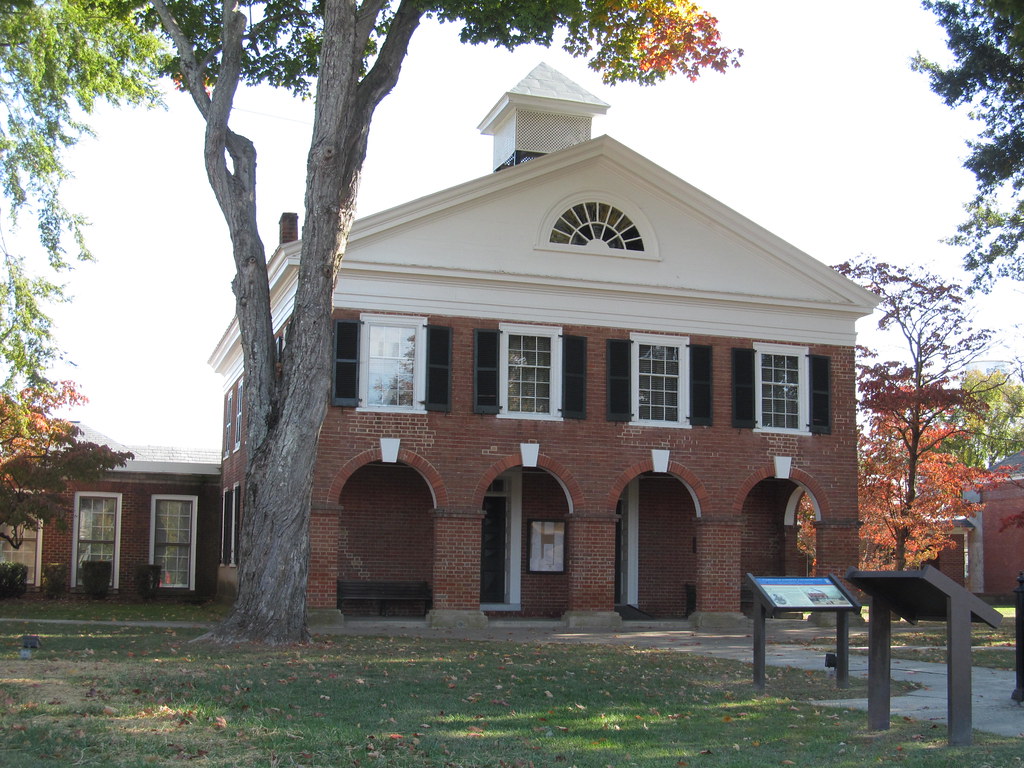I work from my home most days. So I have an IP Phone on my laptop that communicates with our Voice over Internet Protocol (VoIP) system back at our physical office. Anyway the telephone rang — well I’m not sure those are even the right words anymore. Let me start again. So the laptop opened a popup screen in front of me displaying the ANI of an unfamiliar NPA-NXX. Alright, once more using English this time: so the Caller ID displayed an unfamiliar telephone area code and exchange.
Just scratch that whole first paragraph. I got a phone call from someone in Bowling Green, Virginia. “Gee,” I thought, “I wonder if the place was named for an actual bowling green.” It appears that it was although it took me awhile to meander back to the point.
Admittedly I knew very little about the sport of Bowls or Lawn Bowls other than it had an ancient origin. In its modern incarnation, it involves players rolling balls towards a smaller ball called the “jack”. Each ball from a player (or team) placed closer to the jack than all balls from another player gets a point. It becomes much more complicated after that although that’s the essence.
Bowls has little similarity to bowling in a bowling alley except they both involve rolling a ball with precision. But 12MC readers need to remember only one salient point for the moment. Namely, bowls takes place on a “green,” a designated area of closely-cropped grass.
My mind jumped to a recent trip to Kentucky where my path brought me close to another Bowling Green. It may be the largest and best known occurrence with a couple of hundred thousand residents in its larger metropolitan area. Where was its ancestral bowling green, though?
Bowling Green, Kentucky, USA

Bowling Green, Kentucky (map) does not have a sanctioned bowling green today. Paradoxically the bowling green that provided inspiration may not have existed anywhere nearby at all. The city itself explained that the name came from “Bowling Green Square in New York City” as a result of events occurring there during the American Revolution.
Competing theories existed. Robert M. Rennick, a chairman of the Kentucky Geographic Names Committee offered alternate points of view in How Did Kentucky’s Bowling Green Get Its Name? (1997). He discussed and largely dismissed several explanations. Those including a supposed nearby bowling green used by an early settler as well as the possible conveyance of name from other Bowling Green towns in Virginia and elsewhere. He concluded that, “in short, we really do not know how Bowling Green, Kentucky, got its name.“
Fair enough.
Bowling Green Park, New York City, New York, USA

I decided to examine the story behind the New York City instance. Bowling Green Park had been a public property since 1686. It even became the city’s first park in 1733, complete with a bowling green among its original amenities. The park still exists today at the southern tip of Manhattan and is the home of the famous Charging Bull statue often used by news media to represent Wall Street (street view). You’d probably recognize the image instantly. The Bull even has its own website.
A site I’ve enjoyed over the years, Forgotten New York, also noted that Bowling Green Park was the home of the Pietro Alberti monument. He wasn’t exactly a household name. However, he did hold the distinction of becoming the very first of probably millions of Italians to live in New York City. He arrived in 1635.
More germane to the story and with potential connections to Kentucky’s Bowling Green were events that took place immediately after the first public reading of the Declaration of Independence to residents of New York in 1776. Bowling Green Park had already become a lightning rod for discontent because of a large statue of King George III that had been erected there. Colonial rulers had to construct a cast-iron fence around the park perimeter to discourage vandalism. Amazingly, the same fence circles the park today. Anyway, Continental soldiers and local citizens stormed the park, pulled down the statue and destroyed it immediately. The story of their open defiance spread quickly throughout the colonies.
Bowling Green, Virginia, USA

Finally I returned to the Bowling Green that began this entire conversation, the one in Virginia (map). It’s the seat of government in Caroline County although the name predated the town. Actually it came from the The Bowling Green plantation located nearby (map and photos). Major Thomas Hoomes donated land to form the town in 1803. The town then took the name of his estate, Bowling Green and his estate became the Old Mansion.
Hoomes’ plantation may have included a bowling green on the large lawn, a theory advanced in its National Register of Historic Places nomination form. It definitely had one of the first horse tracks in America so it didn’t lack for patrician flourishes. Unfortunately, the nomination did not include detailed source information. There was also a legend that it may have derived from something even earlier, Hoomes’ supposed ancestral home in England called Bolling Green.
The current (2012) owner of the Old Mansion added clarity [link no longer works],
“My research of primary documents revealed the following: The property was named ‘The Bowling Green’ — it was never named ‘Bolling Green.’ There is no genealogical evidence that the Hoomes family even owned an ancestral home in England called ‘Bolling Green.’ Architectural and landscape historians believe it was named ‘The Bowling Green’ after the two-acre green sward in front of the manor house.”
Now let’s roll the ball towards the jack.

Leave a Reply